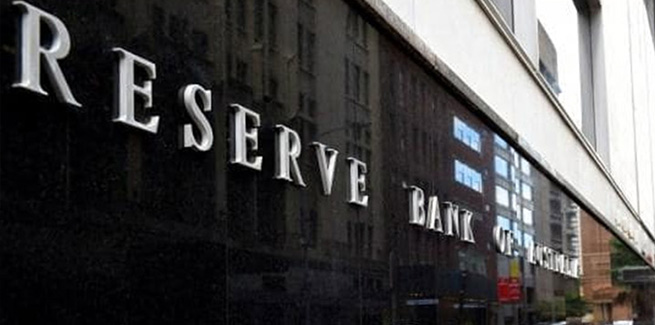The Reserve Bank of Australia’s (RBA) monetary policy stance has remained unchanged, as widely anticipated by the market.
The central bank held the official cash rate at 0.25 per cent and continued to support liquidity through its quantitative easing (QE) program and repurchase (repo) transactions on the overnight money market.
Governor Philip Lowe has repeatedly stressed that rates would remain unchanged for “some years to come”, with the COVID-19 crisis stifling progress towards the central bank’s employment and inflation targets.
The central bank governor also recently reiterated that a move to negative interest rates would be “extraordinarily unlikely”.
In his appearance before the House of Representatives standing committee on economics on 14 August, the RBA governor acknowledged that negative interest rates would help support the export market by placing downward pressure on the exchange rate, but warned that the policy may pose new risks to financial stability.
Mr Lowe added that negative interest rates may also be counterintuitive, pointing to evidence that suggests the policy setting discourages spending.
According to Mr Lowe, the RBA’s global peers share the same sentiment.
“Since we’ve had the pandemic, no central bank that’s had positive interest rates has gone negative, and no central bank with negative interest rates has gone more negative,” he said.
“I think that tells you that the consensus among central banks is [there’s] not much to be gained from doing this, and perhaps the costs are greater than the benefit.”
Despite Mr Lowe’s reluctance to employ negative interest rates, several observers, including Westpac chief economist Bill Evans, have called on the central bank to consider further cuts.
Mr Evans acknowledged downside risks associated with lower interest rates, particularly the impact on depositors, investment trends, the net interest margins of the banks and inflation expectations.
But according to the Westpac economist, lower interest rates would produce a more competitive exchange rate, incentivise lending to households and businesses, and further ease debt burdens for mortgage-holders and retail customers.
“Until we get more clarity around the way in which the economy develops, the current policy is appropriate,” Mr Evans said.
“However, a serious case can be made for the RBA to consider further cuts and entering negative territory for the cash rate if it becomes apparent that the economy is deteriorating even more than is currently expected.”
Mr Evans added: “Although there is a clear current message from the RBA, circumstances can change and astute policymakers (as the RBA has proven to be over many decades) can change with them.”
[Related: Analysts forecast out-of-cycle mortgage rate hikes]

